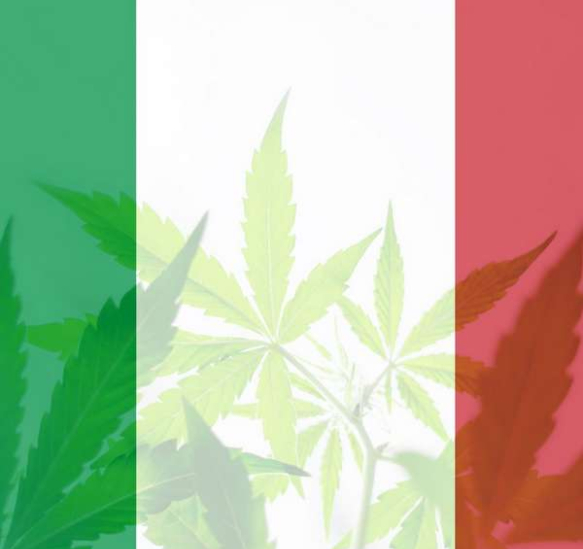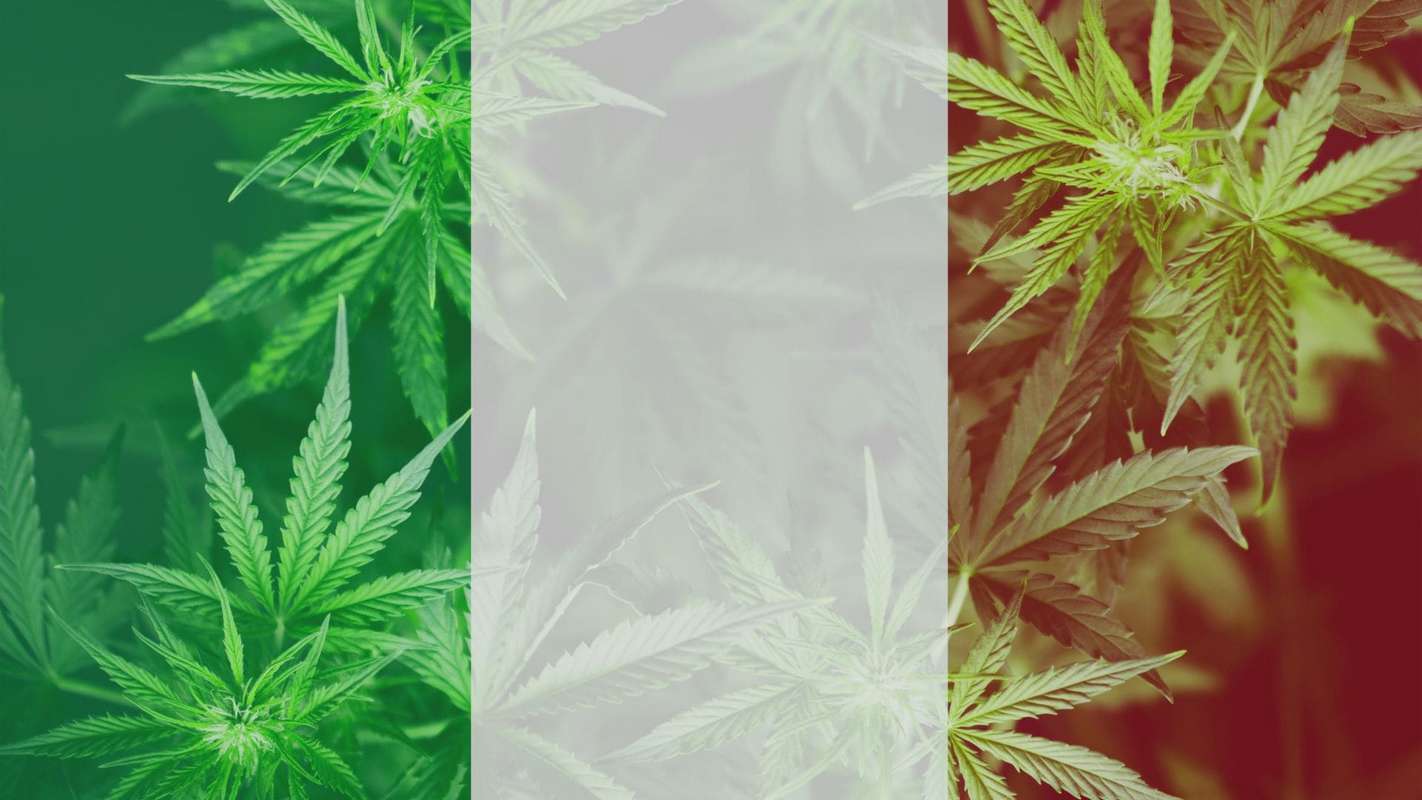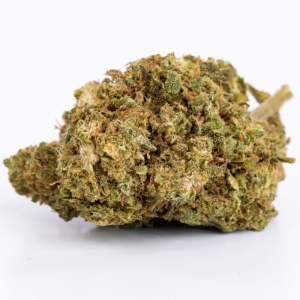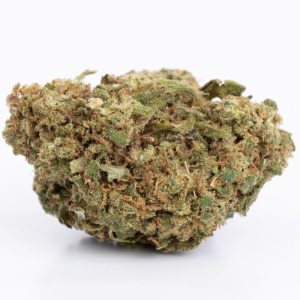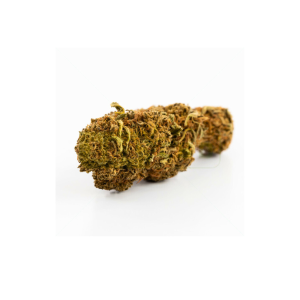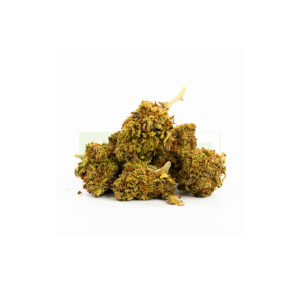Once upon a time, cannabis in Italy!
Cannabis in Italy: from Antiquity to the Middle Ages
Originally, the perception of cannabis in Italy was rather pragmatic and utilitarian, since the plant was considered above all as a resource, a raw material.
In Antiquity, Italy, or rather the Roman Empire, widely exploited the solid fibers of cannabis in the manufacture of ropes for ships, sails, clothing and various everyday objects. Industrial hemp also found its place as a construction material, thanks in particular to its insulating properties. Cannabis was therefore a material of choice, at once robust, abundant, cheap and versatile, essential to the economy of the Empire.
Of course, cannabis was already an important part of Italian pharmacopoeia and traditional medicine, since the Romans were already using it to relieve pain and inflammation.
This therapeutic use is certainly proven, but it is very poorly documented. Only a few doctors and therapists of the time actually took the trouble to mention cannabis in their writings. This is particularly the case of Dioscorides, famous doctor, pharmacologist and botanist of Antiquity, known for his work “De Materia Medica”, remained a major reference in medicine for more than 15 centuries.
In the Middle Ages, the cultivation of cannabis in Italy would greatly intensify, particularly in northern regions such as Lombardy, Veneto and Tuscany , where growing conditions were optimal. Cannabis would therefore consolidate its role as a raw material and versatile material in Italy's thriving economy:
-
The textile industry : hemp fibers, strong and durable, were transformed into fabrics for clothing and other household textiles ;
-
Shipbuilding : hemp occupied a prominent place in the manufacture of ropes and sails, particularly in cities- Maritime states like Venice and Genoa, then in full economic and military expansion;
-
Paper manufacturing: In a country focused on literature and science, hemp played a major role in the development of paper as a cheaper alternative to parchment. In Italy, hemp therefore played a role in the dissemination of knowledge and culture at a time when access to writing materials was very limited.
Paradoxically, during this period, public authorities' legislation aimed more at preventing shortages in hemp production and ensuring the quality of the cannabis cultivated rather than limiting its use.
Cannabis in Italy in the 19th century: the craze of scientists
During the 19th century, Italy, like many countries Europeans, is experiencing a prosperous period of scientific discoveries which will naturally cover these ancient medicinal plants, including cannabis.
Giovanni Battista Ercolani, physician and distinguished researcher, is undoubtedly the most prominent pioneer of this era. It will lay the foundations for a deeper understanding of the medical applications of cannabis and identify its analgesic (painkiller) and sedative properties.
At the same time, cannabis began to appear in various Italian scientific and medical publications. This work focused mainly on the pharmacological effects of cannabis, in particular its potential in the treatment of pain, muscle spasms and even certain forms of epilepsy. However, these studies remained limited by the knowledge and technologies of the time. We still do not understand the mechanism of action of cannabis in the body.
Despite this recognition, the medical use of cannabis in Italy remained sporadic and limited. It was often hampered by the variability of effects between different cannabis extracts and a lack of consensus on its clinical use. Compared to other remedies of the time such as opium or quinine preparations, cannabis remained a “niche” substance, often used as a last resort. .
Cannabis in Italy in the 20th century: the roller coaster
In the first decades of the 20th century, Italy was influenced by the period of prohibition in the United States and is beginning to review its position on cannabis. The International Opium Convention of 1925, which advocated the regulation of a series of substances including cannabis, also supported this.
In response to this international context, Italy will begin to implement laws and regulations that restrict the cultivation, sale and consumption of cannabis, officially in order to control substances considered “harmful to public health and social order” .
In the 1960s and 1970s, Italy experienced a counterculture movement where cannabis became a symbol of rebellion against established social and political norms, somewhat in the wake of May 68 in France. This movement has contributed to an unprecedented increase in the recreational use of cannabis, particularly among young people.
These societal movements have generated passionate debates about the legalization and decriminalization of cannabis. Civil rights groups and some politicians began to question the appropriateness and effectiveness of prohibitive laws. This momentum will run out of steam at the end of the century.
Cannabis in Italy, from 2000 to today
Cannabis for medical use
Italy legalized cannabis for medical purposes in 2007, with the aim of providing patients suffering from multiple sclerosis, intractable pain associated with certain chronic pathologies and certain forms of epilepsy to have access to innovative treatments.
This decision is part of a trend which will reach the countries of Western Europe and North America to improve the management of intense pain, especially when it is not relieved by conventional treatments.
It also occurs in a context of an increase in sudden deaths due to opioid drug abuse. To secure the production and distribution of medical cannabis in a country that has long been plagued by the mafia, the public authorities have decided to involve the army in structuring control of the sector.
Today, the cultivation, sale and importation of medical cannabis is permitted, but only with authorization from the Ministry of Health. This authorization is granted to companies or institutions that are able to provide all the necessary guarantees in the supply chain. Doctors approved by the Ministry of Health can prescribe medical cannabis, particularly in the context of pain relief and epileptic seizures.
Italian doctors can finally prescribe “medicinal preparations” containing cannabis for a specific patient. Carrying out these activities without the appropriate authorizations is punishable by imprisonment of 6 to 20 years and a fine of 26,000 to 260,000 euros.
Cannabis for recreational use in Italy
The legal status of cannabis becomes even more ambiguous when it comes to recreational use. In reality, the sale of cannabis is illegal in Italy… but it has been decriminalized. Some companies have taken advantage of this legal loophole to manufacture products low in THC (the main psychoactive compound in cannabis) and sell them under industrial hemp legislation, which allows the use of cannabis for industrial purposes (textiles, fabrics, soap, certain foods and construction materials).
In September 2021, the Ministry of Health stated that industrial cannabis could be used to supply pharmaceutical companies, subject to authorization from the ministry.
Concretely, cannabis can be used for industrial purposes in Italy if its THC content is less than 0.2%. Under Law 242 of 2016, police checks that detect cannabis “for personal consumption” with a THC level between 0.2% and 0.6% no longer result in a conviction.
In the same sense, Law 79 in 2014 classified cannabis as “a drug of low danger”. The maximum amount allowed for personal consumption is 1.5 grams, and as long as this limit is not exceeded, there will be no sanctions… in theory. Because in practice, the police in certain regions can sanction people checked with a fine of a few tens of euros.
CBD threatened in Italy by the decree of August 21, 2023
Italy has always been one of the most tolerant countries when it comes to cannabidiol (CBD) and, more broadly, cannabis non-psychotropic. Today, CBD can be freely marketed, as long as it contains less than 0.6% THC... well above the limit in France and Canada (0.3%), Germany, Portugal and Spain (0.2%). %) or in Sweden (0.0% THC).
On the other hand, the legal status of CBD has also always been the subject of intense debate, with threats from the majority towards professionals in the sector. These threats will come to fruition on August 21, 2023, when the Italian Ministry of Health published a new decree in the Official Gazette (Gazzetta Ufficiale) which cancels the suspension of an old decree from 2020. The latter changes the categorization of preparations containing CBD obtained from cannabis extracts. With the lifting of the suspension of this decree, CBD moves to section “B”, with THC, to be considered “narcotic”, in the same way as THC.
As one might expect, this measure sparked a major outcry from the Italian CBD and legal cannabis industry, particularly from the
Associazione Canapa Sativa Italia, which claims that the decision is “devoid of scientific basis” and that it “ will have serious repercussions for Italy”. Extract from association press release:
“If it were to come into force as is, this provision will certainly havea significant impact on all companies involved in production, the processing and marketing of hemp extracts based on CBD of natural origin,because contrary to WHO recommendations, the sale will require a rigorous system of registration as a medicine with the Ministry of Health , a procedure absolutely unsuitable for a safe substance such as CBD”.
The association also highlighted the inconsistencies of the Italian government, given that a court had annulled in February 2023 a restrictive decree according to which hemp leaves and flowers should be considered as narcotics, regardless of their THC concentration.
For its part, the Italian hemp federation, Federcanapa, declared that it would “evaluate the most effective actions to undertake with the economic operators of the sector to obtain government guarantees on not only the pharmacological use of CBD extracts, but also for all uses authorized by the Industrial Hemp Act".
The federation finally stressed that the government will not be able to prevent the free circulation in Italy of foods and cosmetics based on CBD produced in other European countries, which means that the ban will only harm local producers.
Light cannabis in Italy: the “Canapa Mundi” fiascoThe 2023 edition of the “Canapa Mundi” festival, which was to welcome more than 25,000 participants and around 230 brands of CBD and light cannabis (less than 0.2% THC), has was the subject of a police raid who carried out searches and distributed fines. In March, the Meloni government revealed that these increasing controls were part of a new initiative aimed at "raising awareness of commercial operations around cannabis", but which, according to activists, constitutes a thinly veiled effort to repress the industry. |

